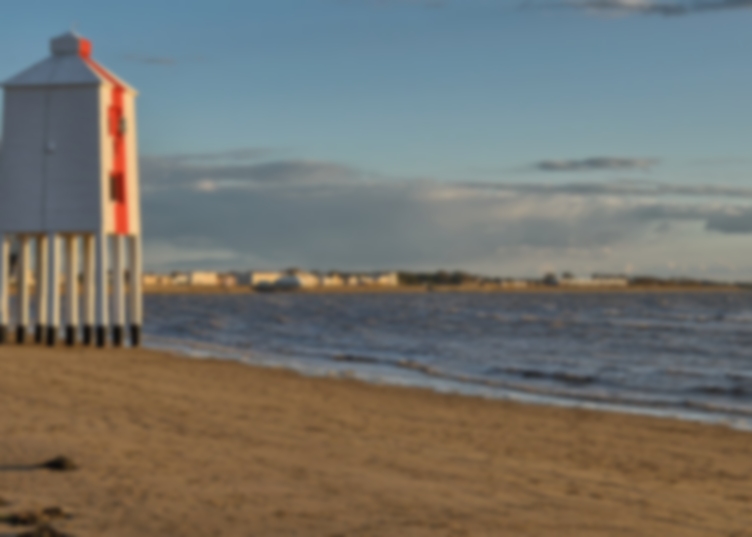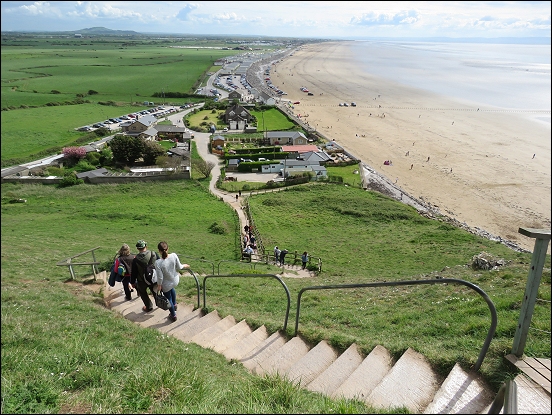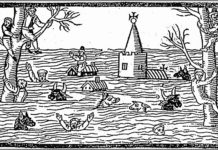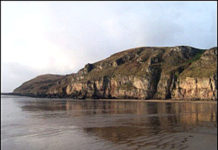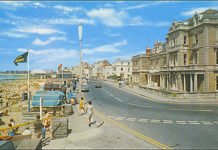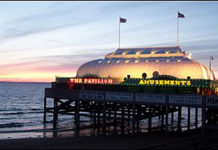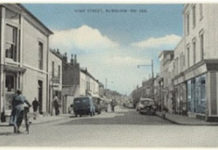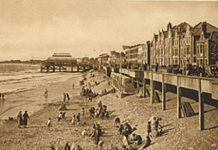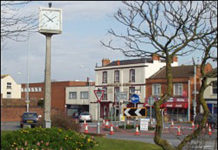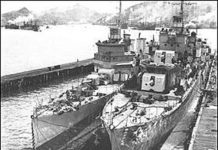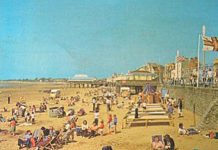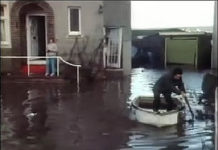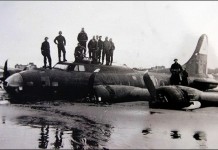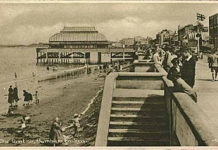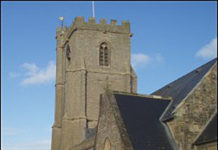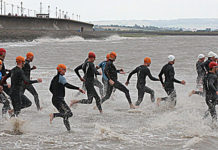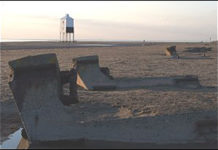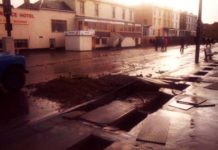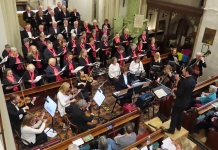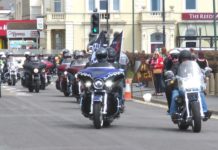Visit Brean Down for wonderful coastal walks and amazing views
Brean Down is one of the landmarks of the Somerset coastline – jutting out into the Bristol Channel and providing a download setting between Burnham-On-Sea to the south and Weston-super-Mare to the north.
This rocky outcrop boasts a cafe near the beach, plus a small visitor centre and a bird garden.
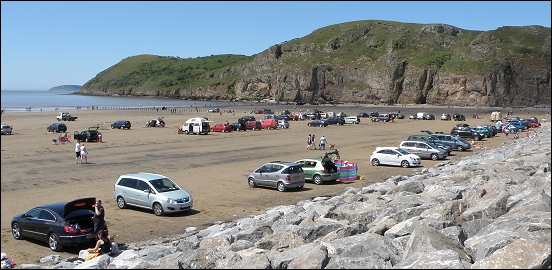
Brean Down is protected by the National Trust and scheduled as a Site of Special Scientific Interest by the Nature Conservancy Council for its exceptional natural history. It is also classed as a Scheduled Ancient Monument by the Department of the Environment for its archaeological remains.
Explore Brean Down’s amazing nature
Standing almost 100 metres (320ft) above sea level on the summit of the western knoll, the highest point on Brean Down, and looking inland along the spine of the Down, it is easy to appreciate that Brean Down belongs to the great chain of Mendip Hills stretching away to the east beyond the River Axe.
The slopes of Bleadon Hill and Crook Peak can be clearly seen nearby, dropping down on their south sides to the Somerset Levels. Brent Knoll rises out of the levels and can also be seen to the south, just five miles away.
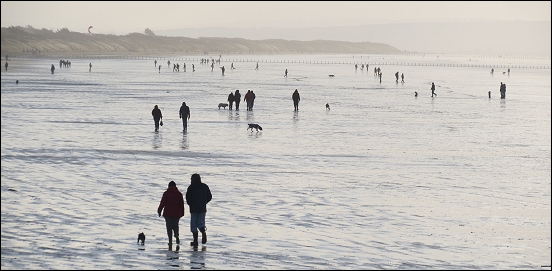
Brean Down is made up of Carboniferous Limestone, one of the principal rocks of the Mendips. This rock was formed in a shallow sea about 300 million years ago from the remains of marine animals – mainly shellfish and corals.
Later in geological time, perhaps about 230 million years ago, these rocks were subjected to great movements of the earth’s crust which folded them with crests and troughs in an east-west direction. This folding gave Brean Down the shape it has today.
Bluebells and butterflies on Brean Down
The vegetation of the steep, rocky southern slopes and cliffs contrasts with the gentler slopes on the north side where the soil – containing wind-blown sand – is deeper.
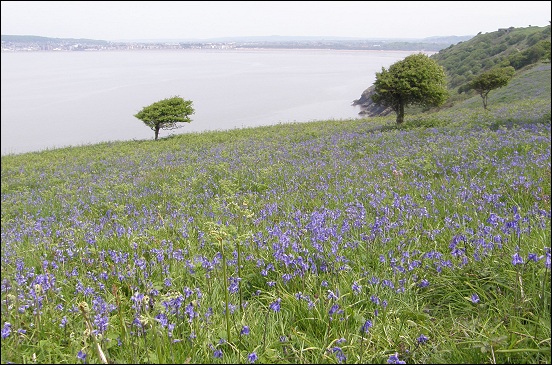
On the thin limestone, the most noticeable plant flowering in early summer is the rare White Rock Rose. It grows in abundance on Brean Down, at its most northerly world limit, and is only known to exist in two other places in Britain. Other rare plants which grow on Brean Down include the inconspicuous Dwarf Sedge, which flowers in early spring, the late flowering Goldilocks and the Somerset Hair Grass, known only in England in the Mendips.
Many well known plants include the grass Sheep’s Fescue, plus Wild Thyme, Wood Sage, Salad Burnet, St John’s Wort, Field Scabious, Bird’s Foot Trefoil and the sping-flowering Cowslips. Shrubs are trees are few and far between because of the strong winds and salt spray, but low-growing Privet, Hawthorn and Elder trees can be seen on the south side.
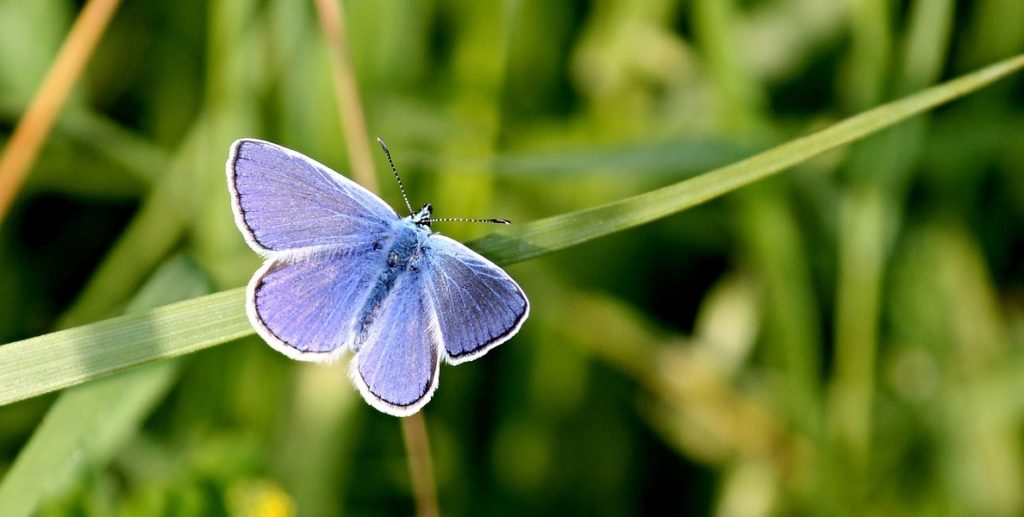
Butterflies and other insect life are rich on Brean Down. Butterflies regularly seen include the Common Blue (pictured), Meadow Brown and the Marbled White, while the Chalkhill Blue, whose caterpillar feeds on Horseshoe Vetch, is less common. Various species of grasshoppers can occasionally be seen, and the Bloody-Nosed Beetle can also be spotted.
Birds that are resident all year round include Sky Larks, Meadow Pipits, Linnets, Great and Blue Tits and Stonechats. Jackdaws, Crows and Collared and Stock Doves nest on the cliffs, as do Kestrels which hover over the cliffs while searching for food.

Look out for plenty of resident goats too!
The last Peregrine Falcons nested on the Down in 1947. Mammals on Brean Down include rabbits, which are known to have lived there since the mid-1300s, plus hedgehogs, field mice, voles and shrews. These small animals provide much of the diet of foxes and wesels who often live in old rabbit burrows on the Down.
Brean Down’s incredible history
Life on Brean Down at the end of the last Ice Age was very different to that of today. Evidence of this comes in the Sand Cliff on the south side of the Down near the beach where the layers of rock date back to between 14,000 and 10,000 BC and reveal fragments of reindeer, giant deer, Arctic Fox, aurochs, bison, mammoth, wolves and lemmings.
These are animals capable of living in the very cold climate not far away from the ice caps. The first sign of human activity at Brean is a worked giant deer antler dating to about 10,000 BC but it is likely that early hunters visited the Down well before that as man was present in the Mendips almost half a million years ago.
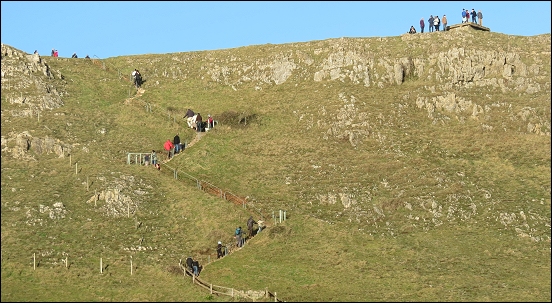
As the ice retreated, the climate became warmer, forests developed and the sea level rose. It was not until 5,000 BC that the sea level reached its maximum height, submerging the coastal plains and making Brean Down into a true island. Small farming communities sprung up in the area in 3,000 BC and there is evidence of stock grazing and land cultivation on the Down by 2,000 BC.
When the defences of the Hill Fort were constructed about 300 BC, iron had taken over from bronze as the main metal for tools. These defences consisted of a ditch across the breadth of the Down quarried from the limestone using picks, shovels and wedges not dissimilar to today’s tools.
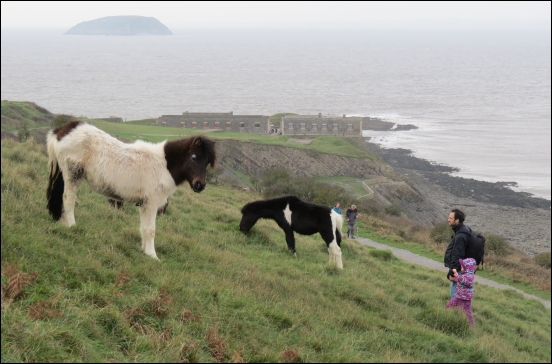
The Roman Armies landed in Britain in AD 43 and within a few years the armies organized the Mendip lead-mining industry. A small port was set up at Bleadon, on the other side of the River Axe from Brean Down to export some of the minerals and local framing produce.
Life on the Down remain unchanged until about AD 340 when a temple (excavated in 1965) was built on top of the eastern knoll, close to a burial mound of the Bronze Age folk. Rock from a quarry on the Down provided some of the stone for the building. The temple, however, fell into disuse within only 30 years, around AD 370, to be replaced by a small building – possibly a hermitage.
Brean Down Harbour Plans
 Throughout the Middle Ages, little changed on the Down. From the 1840s there had been talk of a harbour being built at Brean to provide safe anchorage for Mail Ships and to act as a port for crossing the Atlantic as it has a slight advantage in terms of miles over Liverpool. Engineers prepared reports and drew up images of the scheme (as shown here).
Throughout the Middle Ages, little changed on the Down. From the 1840s there had been talk of a harbour being built at Brean to provide safe anchorage for Mail Ships and to act as a port for crossing the Atlantic as it has a slight advantage in terms of miles over Liverpool. Engineers prepared reports and drew up images of the scheme (as shown here).
The proposed harbour, with a breakwater at the west end of the Down and docks at the east end, was seen as giving access to even the largest vessels and steamers at all stages of the tide.
The Brean Down Harbour Company was formed in 1861 with a capital of £350,000. The Bristol and Exeter Railway entered into an agreement to provide a link with the main railway network from a line extending the whole length of the Down.
In 1864 the project began with a celebration of the laying of the Foundation Stone on Guy Fawkes Day. Over 200 local dignatories, company officials and the town band sailed from Weston in the Wye, a paddle steamer, to see Lady Eardley Wilmot lower the foundation stone into place amid speeches, champagne and celebration.
However, the next morning the foundation stone had been washed away (it was later found off Steep Holme) and this seemed to be an omen. While work began on the breakwater, disagreements between personalities and the death of the main contractor led to the scheme being abondoned in 1868. Heavy storms also destroyed much of the early construction.
Another attempt to revive the scheme was seen in 1887 with full press coverage in American newspapers given to ‘Five Days to Sail to England’. Although a deal to link up with the Great Western Railway Company at Lympsham was agreed, the whole scheme eventually failed again – never to be restarted.
Brean Down Fort
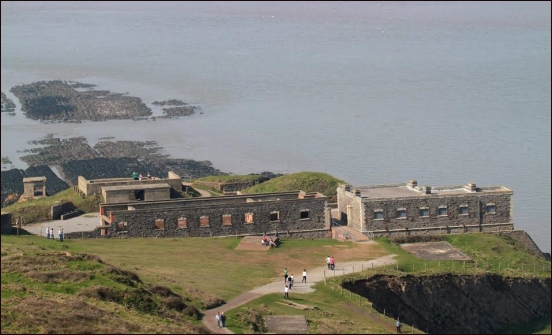
As the naval military strength of France grew in the late 1850s under Napoleon III numerous forts around the south coast were built in addition to four in the Bristol Channel at Brean Down, Flat Holm, Steep Holm and Lavernock Point in Wales.
Four acres at the tip of Brean Down were requisitioned in 1862 for Brean Fort but building was not completed until 1870 due to disagreements between the contractor and government.
The seven 7-inch Rifled Muzzle-Loading Cannons, which were built at Woolwich, were mounted in 1877 and each weighed 7 tons and had a 30lb charge of gunpowder able to fire a 112lb Palliser shot at 1,560 feet per second. This could pierce 8 inches of armour at 1,000 yards.
Brean Down Fort was approached over a dry moat on the landward side through iron gates. The barrack quarters on the left as you approach the fort could hold 50 men while the officers’ quarters and admin offices were to the right. There were three main gun positions – 3 guns faced west, 3 faced north west and one faced north.
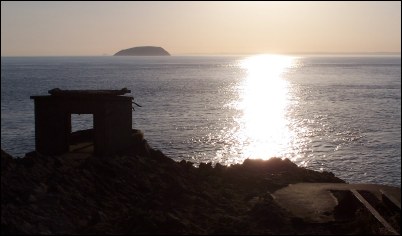
No shots were ever fired in action, but regular drill and gunnery practice was part of the regular routine. The garrisons were part of the Coast Brigade, Royal Artillery and could be enforced with volunteers forces from both sides of the Bristol Channel.
On the whole, though, life was very quiet at the fort. At 5am on July 6, 1900 the fort was rocked by a huge explosion causing the death of one soldier – Gunner Haines – who had fired his carbine down the shaft of a ventilator into No. 3 magazine, beneath the western gun positions.
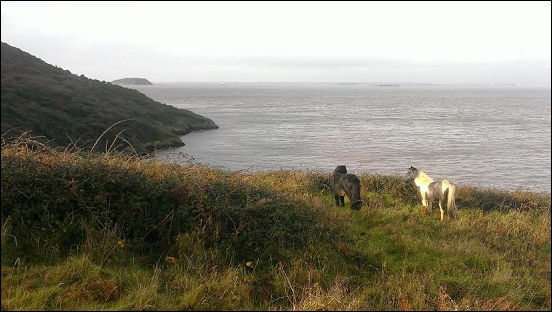
Huge damage was done – with the wall separating the fort from the moat on the south west corner being demolished and wreckage thrown up to 200 yards. No-one knew why the gunner had blown up the fort.
But it was a fatal blow as it was quickly closed down and the cannons hauled away by traction engines. Between 1905 and 1939 the fort became a cafe but at the start of World War II was re-armed with two 6 inch naval guns from Cardiff and two searchlight batteries.
Brean Down seemed an ideal testing site for secret weapons. A rail track was built and the so-called bomb was mounted on a six hundredweight trolley propelled at 200mph along a caterpillar track by 12 powerful rockets.
The aim was to propel the trolley at high speed into buffers. The impact would fling the bomb far out to sea. But the whole lot – trolley, buffers and all – actually went flying off into the Channel, then did a sharp right and came back inland into a local farmer’s chicken run!
In the 1980s and 1990s, the Victorian barracks were renovated and made safe to ensure that visitors can safely walk around the remains of the fort today.
See the National Trust’s page on Brean Down here.
